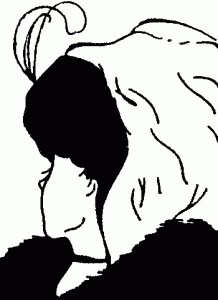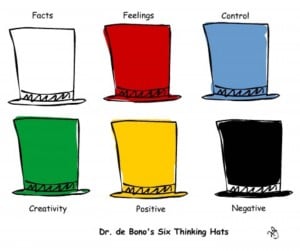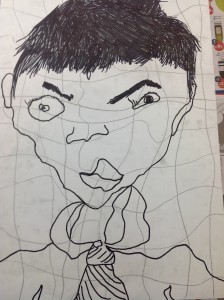 The Australian Professional Standards for Teachers clearly states in Standard 1. Know students and how they learn, that teachers must take steps to meets students’ needs. The proficient teacher, it reads, should “structure teaching programs using research and collegial advice about how students learn.”
The Australian Professional Standards for Teachers clearly states in Standard 1. Know students and how they learn, that teachers must take steps to meets students’ needs. The proficient teacher, it reads, should “structure teaching programs using research and collegial advice about how students learn.”
Before I go any further, I do hope we all agree that the same teaching method does not work for all learners, that learners learn in different ways and that teachers should employ a variety of methods in teaching, learning and assessment. AGREED?
Learning styles are just one category that can be used in conjunction with other strategies and learner attributes such as prior knowledge, motivation, aptitude and confidence to assist in developing and facilitating relevant, interesting, fun, engaging and motivational learning experiences.
Learning should be a holistic experience engaging the learner in all facets; I always ask my students to remember just four things when engaged in reflection and learning – see, hear, feel and think. Many have used these simple examples and have developed excellent reflective skills that have in turn improved writing and listening skills.
Learning should be a process by which the learner can investigate, participate, interact, reflect and create. Learning is not about transmitting pre-existing ideas but of creating knowledge that can be integrated into the prior knowledge and experience of the learner. In order to do this successfully the learner must be explicitly taught how to learn and a positive learning culture must be established and maintained. The learning ambience must be safe, supportive and accepting of all; a place that allows learners to thrive and facilitators to open doors.
Relationships are a key part of the learning process. I always ensure to give students ample opportunity to feedback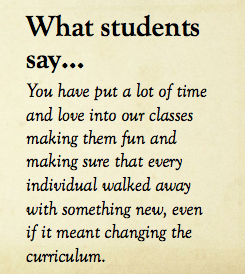 their thoughts and ideas at the end of each semester or teaching stint (right). Through this simple task, that could be quite confronting for some teachers, I have been able to develop further as an educator while simultaneously receiving positive and affirming comments. I spend much time planning and devising the learning experiences and I have high expectations of my students. More times than not they step up to the challenge.
their thoughts and ideas at the end of each semester or teaching stint (right). Through this simple task, that could be quite confronting for some teachers, I have been able to develop further as an educator while simultaneously receiving positive and affirming comments. I spend much time planning and devising the learning experiences and I have high expectations of my students. More times than not they step up to the challenge.
For me to be successful in developing and implementing the learning activities I feel I need to really know my students. One way to do this is to watch and learn from them, especially over the first few classes. I also run quick sessions to discover how they like to learn and one of the strategies I use is Learning Styles traits. It is not however, the only tool I use, a good dose of listening and sharing my own story also works a treat in getting the students to share their own experiences. Trust after all is the first step in building a relationship. More importantly, discovering learning styles is not intended to pigeon hole or label students as this or that type but rather, the discovery leads to a conversation and learning opportunity not only to develop their preference but to offer strategies that can assist learners to expand their learning repertoire and adapt to different situations.
Teachers do not necessarily have to do more work but instead we need to change our approach. Our role as educators is to facilitate learning, not to deliver content and hope for the best. Forming relationships, really ‘knowing’ our students is part of the learning process, as are setting goals, self-assessment and peer assessment. Just because we teach doesn’t mean they learn.
While I recognise that it is important to have research support our claims, there is also validity in our own experiences, and that of colleagues. Our experiences should not be dismissed simply because the research does not support it. I don’t think we should abandon Learning styles altogether as the concept isn’t necessarily incorrect, maybe it just needs to be fully reviewed.
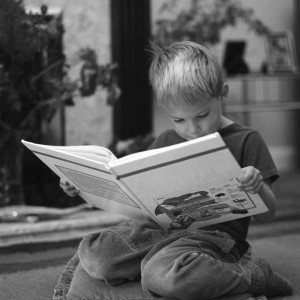 wrod are, the olny iprmoatnt tihng is that the frist and lsat ltteer are in the rghit pclae. The rset can be a toatl mses and you can sitll raed it wouthit a porbelm. Tihs is bcuseae we do not raed ervey lteter by istlef but the wrod as a wlohe.
wrod are, the olny iprmoatnt tihng is that the frist and lsat ltteer are in the rghit pclae. The rset can be a toatl mses and you can sitll raed it wouthit a porbelm. Tihs is bcuseae we do not raed ervey lteter by istlef but the wrod as a wlohe.
